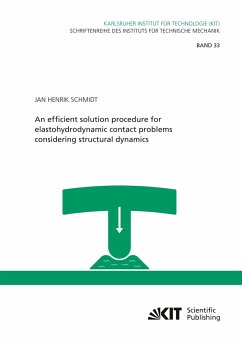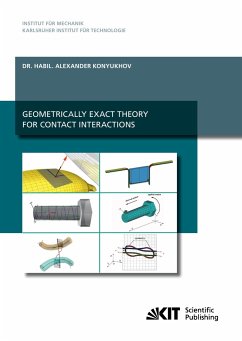Anisotropy, different elastic moduli in various directions, is inherent in every material in nature. In the past, materials were assumed to be homogeneous and isotropic regardless of their composition. Although this assumption facilitates the calculations, today's technology requires considering the anisotropy of materials in conjunction with emerging new high-performance composite materials. Structures or structural components consisting of two materials or more, which are strengthened in different directions, have been widely used in various branches of engineering. This type of structures exhibits material anisotropy. Thus, understanding mechanical behavior of anisotropic materials under external loads is very vital for design and analysis. The purpose of this book is to give the solution methodology to the plane contact problems of anisotropic media by the theory of elasticity with the aid of the integral transform method. It is intended as a reference book for engineers and scientists working in industry and academia.








